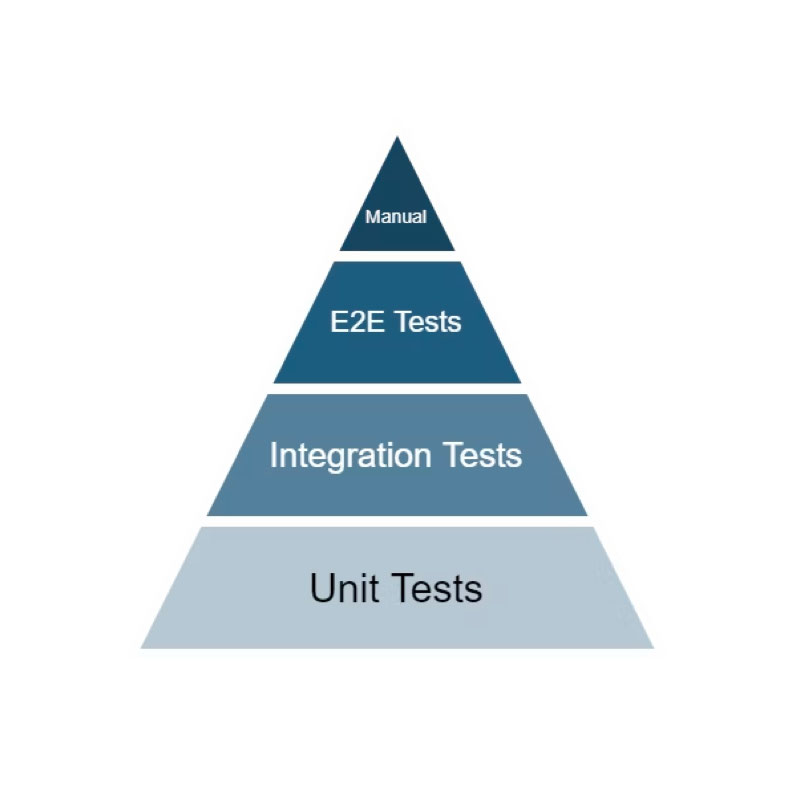End-to-End Integration
What can we do for your Business?
Improve the availability, reliability, performance, and security of your IT infrastructure. Linking systems and applications to manage your business more efficiently.
End-to-end integration can involve various types of systems and technologies, including back-end systems, front-end interfaces, mobile apps, databases, and cloud services. It requires coordination and collaboration between multiple teams, including development, testing, and operations, to ensure that all of the components fit together and work as expected.
The benefits of end-to-end integration include improved efficiency and productivity, increased automation, reduced errors and duplications, and better customer experiences. By integrating all parts of a solution, businesses can create a more cohesive and unified experience for their customers, employees, and partners, and achieve their goals more effectively.
